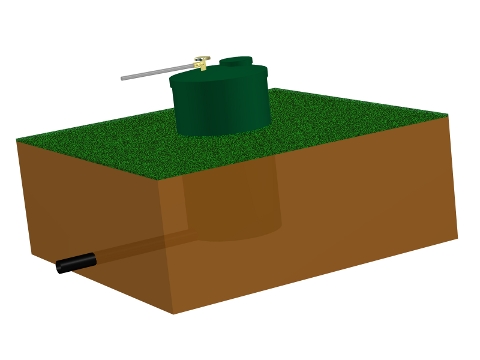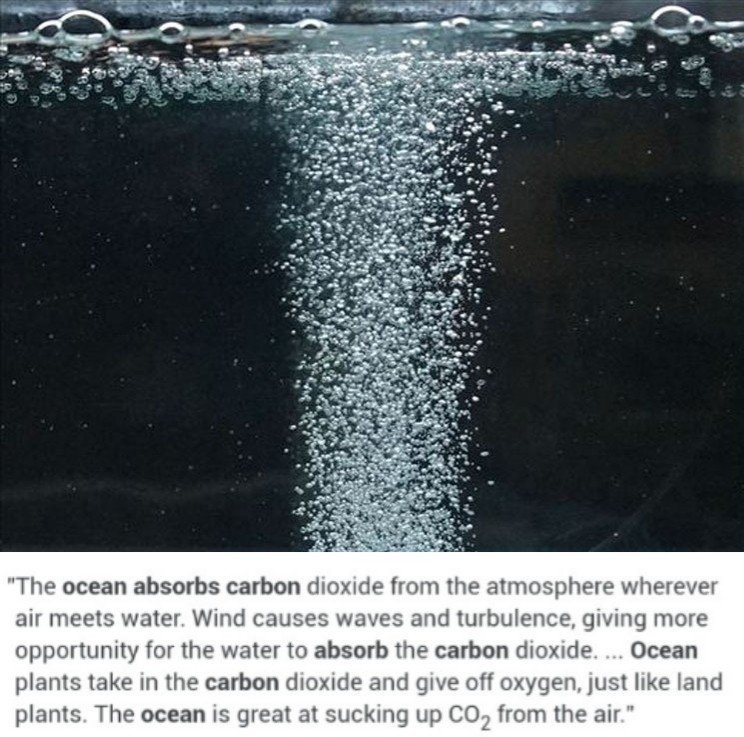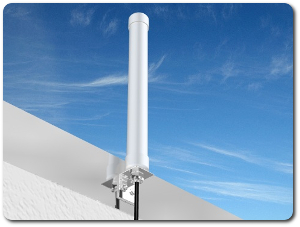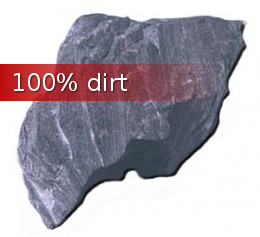Never buy propane, natural gas or charcoal again and save the environment.
Getting Off Oil, World news Wednesday, February 22nd, 2012
Backyard biogas fuel generator design by PRESS Core editor Paul W Kincaid
Summer is coming. It’s time to prepare for the barbecue season. Wouldn’t it be nice if barbecue fuel was free. It can be. This summer you can make your own fuel for the barbecue, for the outdoor gas lamps, to generate electricity, and to boil water. If you start planning today, by the time summer comes this barbecue season’s fuel will be free. At the same time you will be helping to save the environment.
What do you need to start making your own free renewable bio fuel and help save the environment in the process? Instead of throwing your table scraps to the curb for garbage pickup and landfilling this summer save them. To save them you will need a large plastic container or barrel. One with an air tight lid. It needs to be big enough to hold your table scraps and the biogas that will be made by anerobic conversion in you newly made biomass digester. You will need to affix a barbecue gas value to the top of this plastic container or barrel. You will also need a good length of septic bed pipe which will be affixed to the bottom of the plastic container or barrel. This is to allow the slurry to drain from the container and provide nutrients (free fertilizer) to the soil in your back yard.
Once spring comes and the ground has thawed bury the plastic container or barrel partly in the ground. See accompanying design by Paul W Kincaid. You will also need to dig a trench from the buried container or barrel. Dig it facing away from your home. The trench is for the septic bed pipe that will be inserted in the bottom side of the buried plastic container or barrel. You will need to cut a hole in the container so that the septic pipe can be inserted. Make the hole just large enough to accept the septic bed pipe. After the septic pipe is attached fill in the dug trench and plastic container or barrel.
Next you will need to affix and seal (make the coupling airtight) a new barbecue gas valve to the lid for the plastic container or barrel. This is to allow the biogas to flow out of your buried biomass digester and into an attached gas line. After the digester is buried and the lid is affixed with a gas value you can start throwing in your table scraps instead of throwing them to the curb for pickup. Dead plants, wood chips, sawdust, weeds, nut shells, and paper products can also be thrown in as they are all examples of biomass, which are natural materials or organic matter that can be used to make energy.
A biomass digester turns biomass into a flammable gas. The biomass digester does the same thing as a cow does naturally, every day. A cow’s digestive system uses bacteria to change biomass (grass and straw) into methane. Methane is the main component in natural gas. This natural gas can be used for heating homes; running stoves, ovens, and dryers; producing electricity and the slurry biproduct can be used as fertilizer. When made from biomass, natural gas is called biogas.
Propane is a three-carbon alkane gas that when compressed can be transported. Methane (biogas) is the simplest alkane, the principal component of natural gas, and probably the most abundant organic compound on earth. The relative abundance of methane makes it an attractive fuel. However, because it is a gas at normal conditions, methane is difficult to transport from its source. Transportation is no longer a problem as backyard biomass digesters are very easy to build – as demonstrated above. In the form of compressed natural gas, methane is an environmentally friendly vehicle fuel. Compared to other fossil fuels, methane releases less carbon dioxide per unit of energy generated.
Biogas (natural gas) grilling is more energy efficient than using bottled propane gas or charcoal. Natural gas is also the most appropriate choice for the cleanest and most environmentally friendly way to barbecue, especially when compared to electricity and propane.
Backyard grilling will be more fun when used with efficient and reliable biogas. For biogas each cubic meter (m3) contains about 6 kWh of fattening energy. Biogas is non-fossil methane in which the methane holds up the (GHG) heating factor 21 times higher than CO2. More appropriately, this gas is 60-70% methane and 30-40% carbon dioxide, with smaller amounts of other trace gases. At room temperature and pressure, this biogas will stay in gaseous form.
Combustion of biogas converts methane into CO2 and reduces the GHG impact by over 20 times. Energy in the biogas counts that cubic meter (m3) of biogas as containing the equivalent of 6 kWh of calorific energy. However, if it is converted to electricity, we normally get 2kWh of useable electricity from it.
Short URL: https://presscore.ca/news/?p=5467

 The Halifax International Security Forum was founded in 2009 as a propaganda program within the German Marshall Fund (founded June 5, 1972 by West German Chancellor Willy Brandt) by the Crown in Canada using Crown Corp ACOA & DND funds. The Halifax International Security Forum is a front that is used to recruit top US, UK and Canadian gov and military officials as double agents for Canada's WWI, WWII enemy and wage new Vatican Germany Cold War.
High Treason: s.46 (1) Every one commits high treason who, in Canada (c) assists an enemy at war with Canada, ..., whether or not a state of war exists". Every one who, in Canada assists Canada's enemies wage "piecemeal WWIII" Cold War by organizing, funding and participating in the Germany government politically and militarily benefitting / lead Halifax International Security Forum is committing high treason.
The Halifax International Security Forum was founded in 2009 as a propaganda program within the German Marshall Fund (founded June 5, 1972 by West German Chancellor Willy Brandt) by the Crown in Canada using Crown Corp ACOA & DND funds. The Halifax International Security Forum is a front that is used to recruit top US, UK and Canadian gov and military officials as double agents for Canada's WWI, WWII enemy and wage new Vatican Germany Cold War.
High Treason: s.46 (1) Every one commits high treason who, in Canada (c) assists an enemy at war with Canada, ..., whether or not a state of war exists". Every one who, in Canada assists Canada's enemies wage "piecemeal WWIII" Cold War by organizing, funding and participating in the Germany government politically and militarily benefitting / lead Halifax International Security Forum is committing high treason.
 Please take a moment to sign a petition to
Please take a moment to sign a petition to 









































 1917 Code of Canon Law, Canon 185 invalidates (voids) all papacies since October 26, 1958 due to the fact Cardinal Giuseppe Siri was elected Pope on the Third ballot on Oct 26 1958 but the new Pope Gregory XVII was illegally prevented from assuming the office. A Pope was elected on October 26, 1958. Thousands of people witnessed a new Pope being elected by seeing white smoke and millions were informed by Vatican radio broadcasts beginning at 6:00 PM Rome time on October 26, 1958. The papacy of Francis, Benedict, John Paul II, John Paul I, Paul VI, John XXIII and any and all of their respective doctrines, bulls, letter patents and the Second Vatican Council are all invalidated (having no force, binding power, or validity) by Canon 185 because the 1958 conclave of cardinals elected Cardinal Giuseppe Siri Pope on Oct 26 1958. Cardinal Giuseppe Siri accepted the papacy by taking the name Pope Gregory XVII but was illegally prevented from assuming his elected office.. According to Canon 185 Cardinal Angelo Giuseppe Roncalli illegally assumed the papacy 2 days later by fraud and grave fear, unjustly inflicted against Cardinal Giuseppe Siri who was lawfully elected Pope Gregory XVII. Because no Pope has been lawfully elected since October 26, 1958 the Holy See (la Santa Sede/Seat) remains vacant.
1917 Code of Canon Law, Canon 185 invalidates (voids) all papacies since October 26, 1958 due to the fact Cardinal Giuseppe Siri was elected Pope on the Third ballot on Oct 26 1958 but the new Pope Gregory XVII was illegally prevented from assuming the office. A Pope was elected on October 26, 1958. Thousands of people witnessed a new Pope being elected by seeing white smoke and millions were informed by Vatican radio broadcasts beginning at 6:00 PM Rome time on October 26, 1958. The papacy of Francis, Benedict, John Paul II, John Paul I, Paul VI, John XXIII and any and all of their respective doctrines, bulls, letter patents and the Second Vatican Council are all invalidated (having no force, binding power, or validity) by Canon 185 because the 1958 conclave of cardinals elected Cardinal Giuseppe Siri Pope on Oct 26 1958. Cardinal Giuseppe Siri accepted the papacy by taking the name Pope Gregory XVII but was illegally prevented from assuming his elected office.. According to Canon 185 Cardinal Angelo Giuseppe Roncalli illegally assumed the papacy 2 days later by fraud and grave fear, unjustly inflicted against Cardinal Giuseppe Siri who was lawfully elected Pope Gregory XVII. Because no Pope has been lawfully elected since October 26, 1958 the Holy See (la Santa Sede/Seat) remains vacant.
 Hold the Crown (alias for temporal authority of the reigning Pope), the Crown appointed Governor General of Canada David Lloyd Johnston, the Crown's Prime Minister (servant) Stephen Joseph Harper, the Crown's Minister of Justice and Attorney General Peter Gordon MacKay and the Crown's traitorous military RCMP force, accountable for their crimes of treason and high treason against Canada and acts preparatory thereto. The indictment charges that they, on and thereafter the 22nd day of October in the year 2014, at Parliament in the City of Ottawa in the Region of Ontario did, use force and violence, via the staged false flag Exercise Determined Dragon 14, for the purpose of overthrowing and besieging the government of Canada contrary to Section 46 of the Criminal Code. In a society governed by the rule of law, the government and its officials and agents are subject to and held accountable under the law. Sign the online
Hold the Crown (alias for temporal authority of the reigning Pope), the Crown appointed Governor General of Canada David Lloyd Johnston, the Crown's Prime Minister (servant) Stephen Joseph Harper, the Crown's Minister of Justice and Attorney General Peter Gordon MacKay and the Crown's traitorous military RCMP force, accountable for their crimes of treason and high treason against Canada and acts preparatory thereto. The indictment charges that they, on and thereafter the 22nd day of October in the year 2014, at Parliament in the City of Ottawa in the Region of Ontario did, use force and violence, via the staged false flag Exercise Determined Dragon 14, for the purpose of overthrowing and besieging the government of Canada contrary to Section 46 of the Criminal Code. In a society governed by the rule of law, the government and its officials and agents are subject to and held accountable under the law. Sign the online  Two of the most obvious signs of a dictatorship in Canada is traitorous Stephen Harper flying around in a "military aircraft" and using Canadian Special Forces "military" personnel from JTF2 and personnel from the Crown's traitorous martial law "military" RCMP force as his personal bodyguards.
Two of the most obvious signs of a dictatorship in Canada is traitorous Stephen Harper flying around in a "military aircraft" and using Canadian Special Forces "military" personnel from JTF2 and personnel from the Crown's traitorous martial law "military" RCMP force as his personal bodyguards.





































This homemade biomass digester is perfect for the cottage too. Not only can the biogas (methane) be used to cook your food it can be used to fuel a electric power generator and provide free energy to light your cottage and used as a fuel to heat it.
It is also a solution to repel the annoying mosquito. The biogas can be used to fuel a propane Mosquito Trap. Instead of expensive propane you can use your free biogas to eradicate the mosquitoes.
You can also throw in manure. The reason this was left out was because most people are turned off by the mentioning of manure. A lot of people (particularly city folks) would be turned off to biogas if they knew that cow and horse manure was being broken down into a gas state – methane.
It is funny that the thought of manure makes people sick yet they eat pound after pound of dead cow flesh every year either at fast food eateries or barbecues. If only they knew that farmers around the world use manure as fertilizer for their crops. Vegetarians – I don’t eat meat but I’ll eat vegetables that were grown using cow poop (manure).